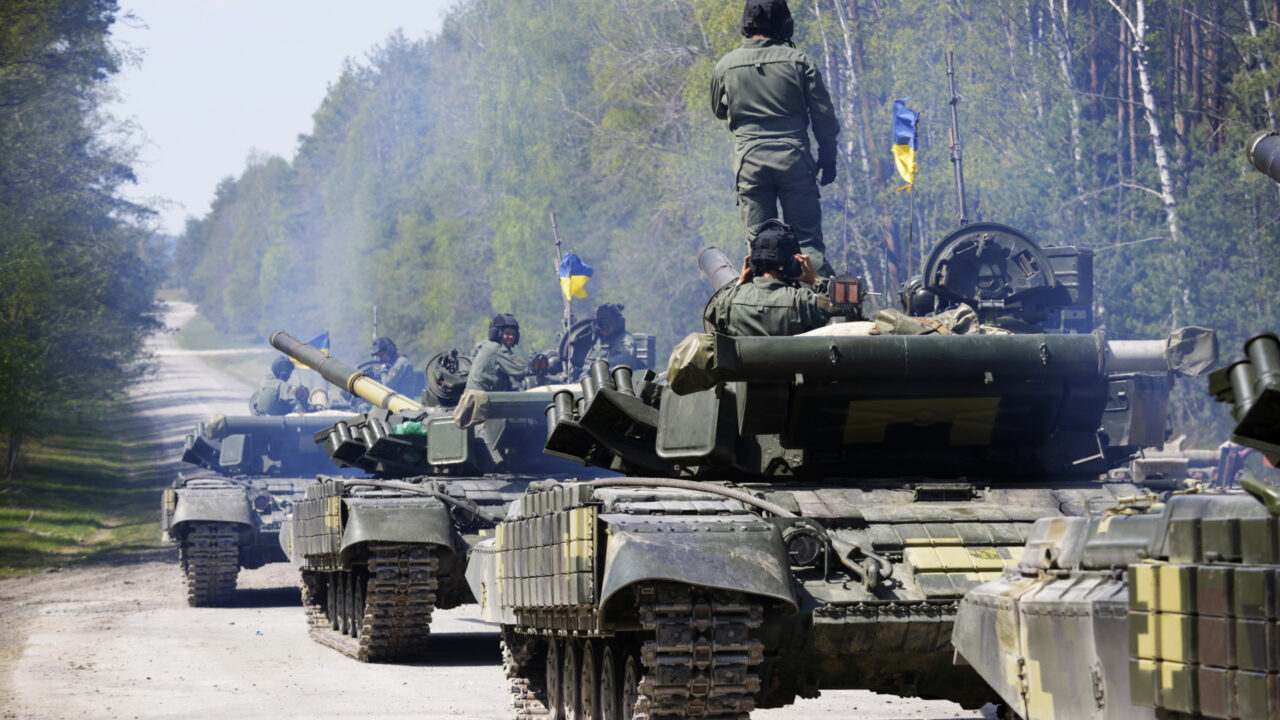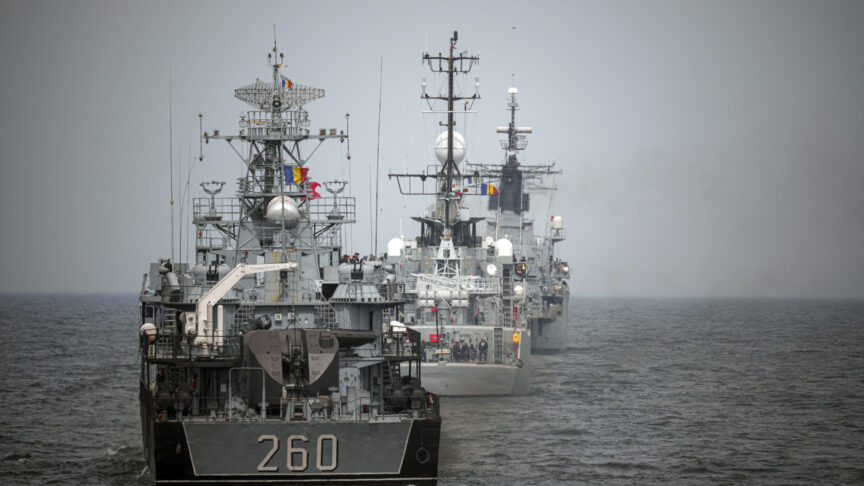How Western offensive weapons can help Ukraine defeat Russia
A prolonged confrontation would help Russia regroup and adapt. The quicker Ukraine receives more military support from its allies, the greater its chances of driving Russian forces out of its territory
In recent weeks, Western defensive weapons have helped Ukraine thwart Russia’s plans for a blitzkrieg by effectively halting the advance of its troops. The Russian military has already lost more than 500 tanks and 1,500 units of other armoured vehicles, 120 helicopters, and 100 aircraft. However, to drive Russian forces out of occupied Ukrainian territories, Kyiv urgently needs more offensive weapons. This would help Ukraine lift the blockade on the cities of Chernihiv, Sumy, and Mariupol. And, most importantly, it would save the lives of civilians who are being held hostage by Russian troops. As Ukrainian President Volodymyr Zelensky argued at the summit NATO held on 24 March, the alliance would only need to provide Ukraine with 1 per cent of its aircraft and tanks to greatly help in the effort to force Russian troops to withdraw.
One of the easiest and quickest ways to do that would be to supply Ukraine with the Soviet-made weapons systems owned by formerly socialist NATO countries: Ukrainian soldiers are already familiar with this equipment, so they would not require training to use it. The United States could replace these donated weapons with American ones. Another option would be for the US to provide Ukraine with older equipment that the American military had removed from its inventory and replaced with more modern weapons. The weapons systems Ukraine needs most are as follows.
Tanks and other armoured vehicles. Currently, tank battles are taking place across the front line, including in some cities. The Russian military still has a significant numerical advantage in tanks, even though Ukrainian forces have rapidly destroyed many of them with anti-tank guided missile systems. These systems have been vital for defensive operations, but might not be so effective in counterattacks. Tanks, in contrast, will be key to the Ukrainian army’s counterattacks. Poland, Bulgaria, and the Czech Republic together have several hundred T-72 tanks of various types, such as the Polish PT-91 Twardy. These tanks could significantly increase the offensive potential of Ukrainian ground forces.
Eastern European NATO countries have hundreds of Soviet-made armoured personnel carriers and infantry fighting vehicles. They would be especially useful for Ukraine’s territorial defence units, which lack vehicles of this kind. Armoured personnel carriers can markedly increase the mobility and manoeuvrability of territorial defence forces, thereby reducing the number of casualties they suffer. The US could provide the Ukrainian military with more M2 Bradley infantry fighting vehicles and Humvee armoured vehicles. These vehicles can be equipped with anti-tank systems such as the US-made Javelin, which the Ukrainian military has used to great effect.
Artillery. As Russian forces are digging in and gradually moving to a war of attrition, artillery will play a key role in breaking through their lines with strikes on critical military facilities, such as command posts, ammunition dumps, and fuel depots. Therefore, the Ukrainian army would greatly benefit from more weapons such as D-20 howitzers, Gvozdika self-propelled artillery units, and Grad multiple launch rocket systems.
As Russian forces are digging in and gradually moving to a war of attrition, artillery will play a key role in breaking through their lines
Ukraine would also benefit from supplies of tactical ballistic missile systems such as the Tochka-U, more than 20 of which are in service in Bulgaria. This is the longest-range weapons system in the Ukrainian army, which has repeatedly used it to destroy Russian equipment and command headquarters. For example, Ukraine used the Tochka-U to destroy Saratov, a large landing ship, in the port of occupied Berdyansk.
Attack aircraft. The Russian Air Force has a numerical advantage over its Ukrainian counterpart. That is why Ukraine has repeatedly asked NATO to provide it with the MiG-29 fighters that are still in service in Bulgaria and Poland. These requests primarily concerned the protection of Ukrainian airspace from Russian bombers. For offence, the Ukrainian Air Force could benefit from American A-10 attack aircraft. The US Air Force no longer needs these systems, as it is procuring more advanced F-35s. Ukrainian pilots could quickly learn how to fly A-10s.
Other military equipment. To coordinate the offensive, the Ukrainian military will need secure means of communication. It will also need night vision devices in great numbers. This would allow for offensive operations at night, which are particularly effective against Russian troops that lack such devices.
A prolonged confrontation would help Russia regroup, increase its military strength, and adapt to sanctions. The quicker Ukraine receives more military support from its allies, the greater its chances of driving Russian forces out of its territory.
Russia’s war of attrition results in hundreds of civilian casualties every day. This is why the Ukrainian army needs to seize the initiative to counterattack across the front line. Western supplies of offensive weapons can turn the tide of the conflict in Ukraine’s favour. After all, one cannot win a war through defence alone.
Margaryta Khvostova, Olga Lymar, and Denys Davydenko are members of the Reanimation Package of Reforms Coalition, a leading coalition of 26 Ukrainian NGOs created after the 2014 Revolution of Dignity. The fourth author of this commentary cannot be named for security reasons.
The European Council on Foreign Relations does not take collective positions. ECFR publications only represent the views of their individual authors.



